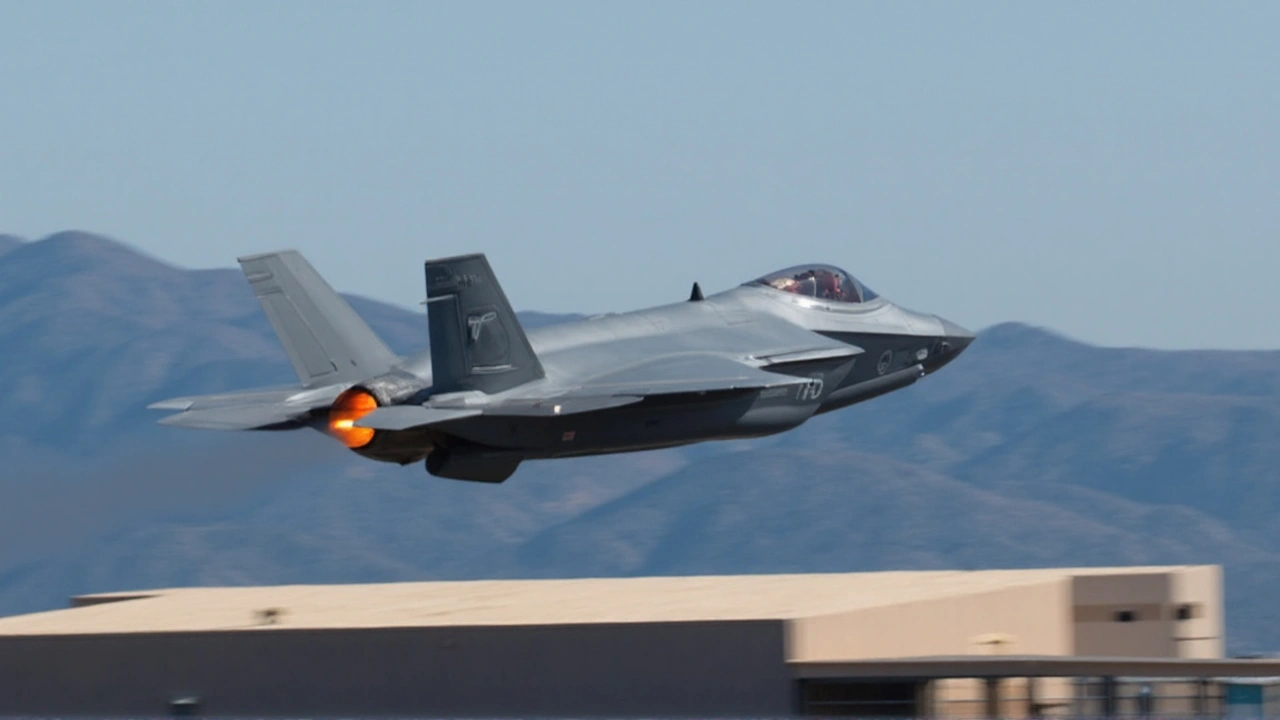Sixth‑Generation Fighter: What’s Coming and Why It Matters
If you’ve been watching military news, you’ve probably heard the buzz around "sixth‑generation fighters." Those are the next‑big thing after the current fifth‑gen jets like the F‑35 and Su‑57. In plain terms, they’re the newest, most capable combat aircraft that will shape air power for the next few decades.
So, what makes a fighter "sixth‑gen"? It’s not just a higher speed or a bigger wing. Developers are mixing three big ideas: extreme stealth, AI‑driven systems, and a new kind of maneuverability that lets the plane fight in ways we haven’t seen before. Think of a plane that can spot threats before the pilot even knows they’re there, then react in seconds with weapons that are almost invisible.
Key Technologies You’ll See on These Jets
Stealth 2.0. Fifth‑gen aircraft already hide from radar, but sixth‑gen designs push that even further. New materials, shape‑changing surfaces, and even plasma fields are on the table to scramble enemy sensors.
Artificial Intelligence. AI won’t replace the pilot, but it will act like a co‑pilot. It can handle data overload, suggest tactics, and even fire weapons autonomously if the rules of engagement allow.
Network‑Centric Warfare. The jet will be a node in a larger digital battlefield. It will share video, radar, and targeting info with drones, ground units, and command centres in real time, creating a living picture of the fight.
Directed‑Energy Weapons. Some prototypes are testing laser cannons and high‑energy microwaves. These weapons could damage or destroy missiles at the speed of light, reducing the need for bulky missiles.
Who’s Building the Future Air Superiority?
The United States, China, and Russia all have active programs. The US is talking about the Next Generation Air Dominance (NGAD) system, which could include a family of flying platforms, not just a single plane. China is rolling out its J‑20 upgrades and a secret “J‑31” derivative that many say is shaping into a sixth‑gen design. Russia’s Sukhoi Su‑57 upgrades are also heading toward sixth‑gen capabilities, adding new engines and AI modules.
Europe isn’t sitting out either. France, Germany, and Spain are teaming up on a project called Tempest, which aims to field a fighter with a blended‑wing body and embedded AI.
All these programs share a common goal: beat the next threat before it even appears. That means faster decision cycles, more survivability, and the ability to hit targets from farther away.
For pilots, the cockpit will feel more like a console. Augmented reality helmets could overlay enemy positions directly onto the pilot’s view, while voice‑controlled systems let the aviator stay focused on flying.
Cost is a big question, too. Sixth‑gen fighters will be expensive, but designers hope modular construction and shared technology across fleets will keep prices down. Think of it like buying a high‑end smartphone that can be upgraded with new apps instead of buying a whole new device each time.
In short, sixth‑generation fighters are about blending stealth, AI, and networked warfare into a single platform that can dominate the skies for decades. If you’re curious about where air combat is heading, keep an eye on the NGAD, Tempest, and similar projects – they’re the blueprint for the future of aerial power.
